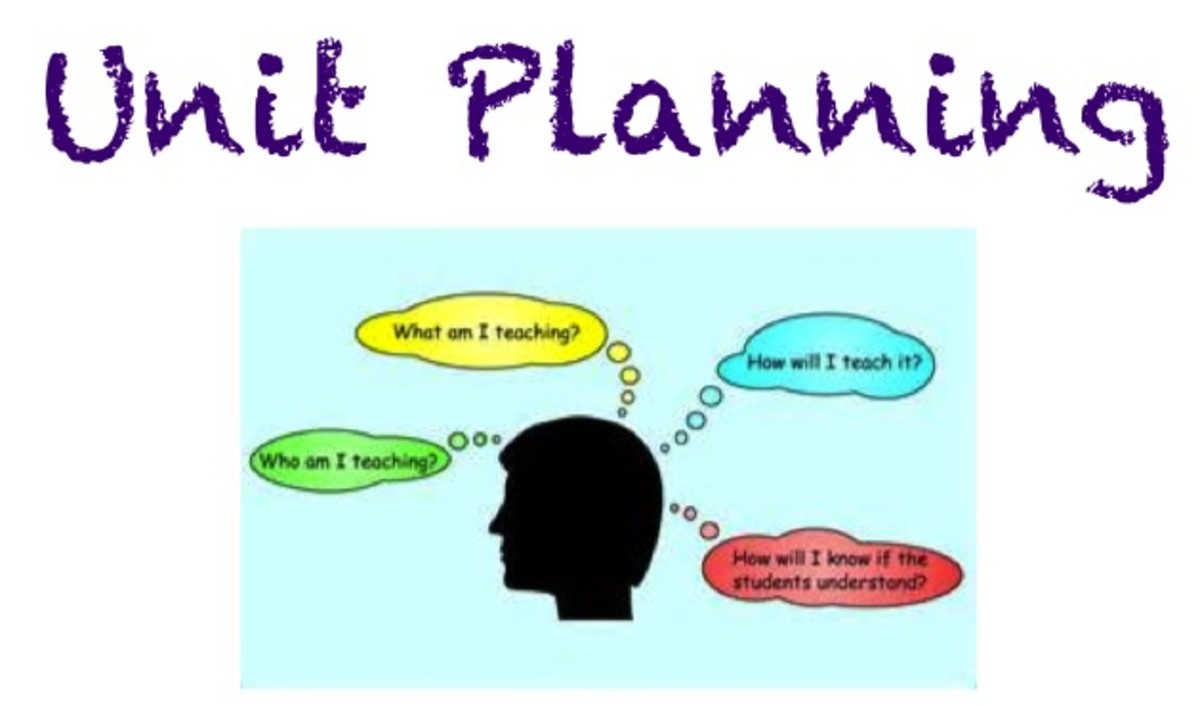Enviroment-Based Education Encourages Motivation in Students
While student motivation may not have a direct relation to student achievement, motivation does have a direct relation to student engagement, which is linked to improved academic performance. Research trends are indicating that Environment Based Education (EBE) may be a significant factor in educational reform and increasing academic performance.
Environmental-Based Education is not the same as Environmental education. EBE has been described as environmental education pedagogy that has an emphasis on interdisciplinary, learner-centered instruction that considers the environment in its totality and fosters the development of critical thinking and problem solving skills. Other forms of environmental education are often science-oriented and focus more on learning about the environment, rather than use of the environment as an instructional strategy; they are content based and often focused on one issue or skill, rather than an interdisciplinary approach.

The Research
In 2004 Julie Athman and Martha Monroe conducted research to investigate the connection between environmental-based education and students’ achievement motivation. Athman and Monroe conducted quantitative and qualitative research on four hundred 9th and 12th grade students form 12 schools in Florida who utilized an environmental-based program. Their research addressed two key areas: “What is the relationship between environment-based education and students’ achievement motivation?” (p. 11) and “how does variation in the implementation of environmental-based education programs influence its effects on students’ achievement motivation?” (p. 12).

Their findings supported other similar research, in that there was a significant positive effect of environmental-based education on students’ achievement motivation. The twelfth grade groups showed three times more growth than the 9th grade groups, scoring 12 points higher on the post test, compared to the 3-point growth of the 9th grade students. Interestingly though, the results in this study showed an ethnic significance: white students showed the 9-point growth, while non-white students did not show any significant growth. Athman and Monroe indicate one explanation may be the ceiling effect. The non-white students in this study were already high achievers. Further research in the area of ethnic significance may be warranted.
Athman and Monroe discovered that there was no statistical significance in the way the program was implemented. No program was more effective than another in raising students’ achievement motivation. This finding may suggest that programs may be implemented in a variety of ways and in a variety of environments and still be effective in enhancing student motivation, and thereby achievement. Again, more research is warranted.

Why Does it Work?
Qualitative research indicated that the programs had an impact on students’ achievement motivation because they used the local environment as a context for learning, students were responsible for their own learning, and the assignments/lessons involved applying content to real-world problems or issues. Students indicated that when they were able to utilize their knowledge to serve their community or to impact others they were more engaged and more interested. Their work had a real audience, beyond the teacher and an arbitrary letter grade. There was value in gaining the knowledge necessary to complete a task; a task that also had value, because it was selected by the students and would be used by others.
“The lack of connection between formal schooling and students’ lives…” is a key factor in the steady decline of motivated, interested students and a cause of the increasing dropout rates in America. Bringing learning to life through environmental-based education that connects students’ innate curiosity to real life situations could revolutionize the way we think about education and students motivation, or lack there of.
Reference
Athman, J. & Monroe, M. C. (2004). The effects of environment-based education on Students’ achievement motivation. Journal of Interpretation Research, 9(1), 9-25.



